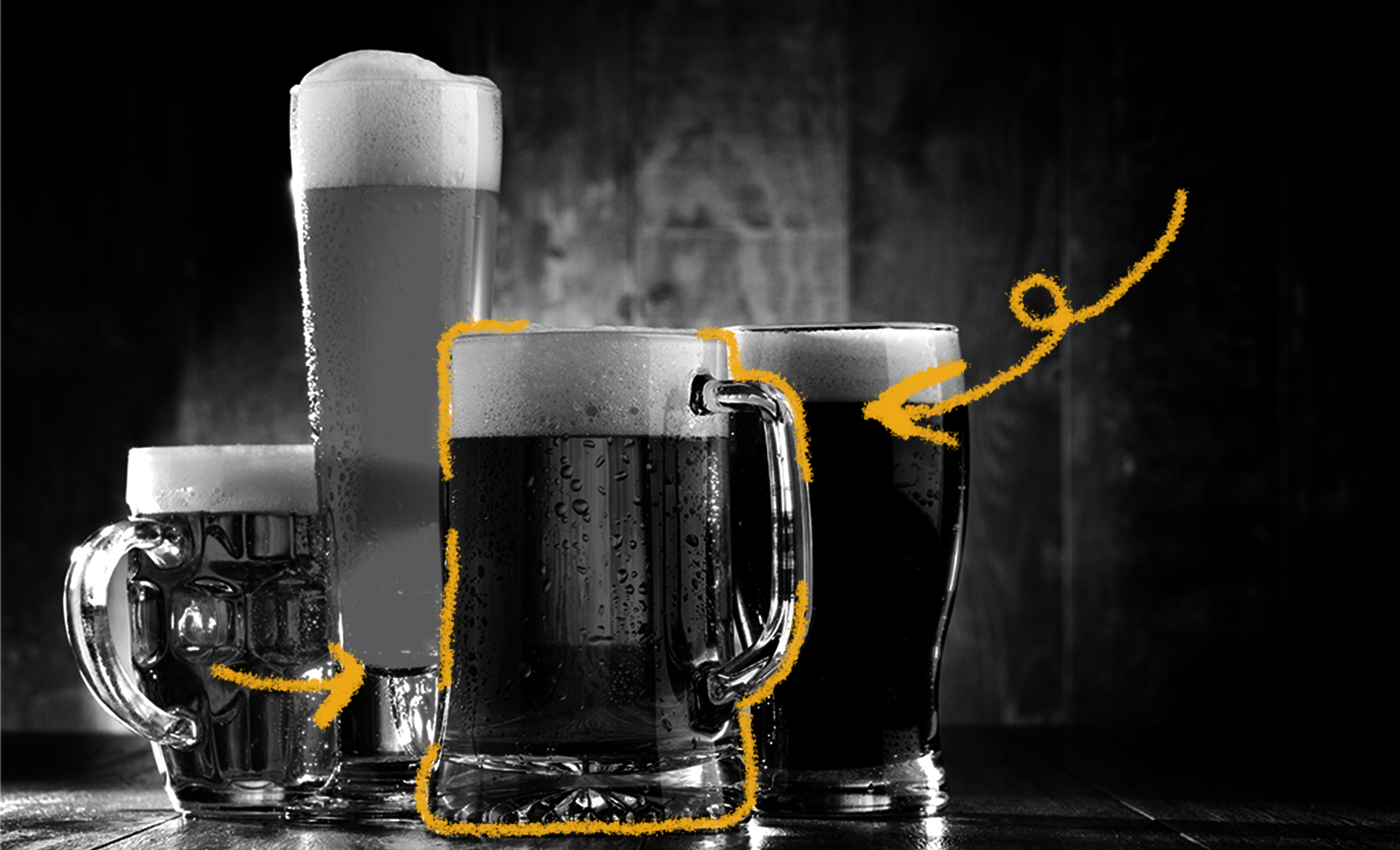It’s thought that our ancient ancestors first drank beer out of animal skins over 10,000 years ago. By 9,000 B.C.E., terracotta pots, bowls, and jugs were being used to drink beer. Around the 14th century, tankards and steins began to be used for beer drinking. In fact, these were the first drinking vessels to be associated specifically with beer. Tankards were originally made of wood and bound with iron or leather. They started out as containers for carrying water but soon became associated with beer drinking. After the Bubonic plague, the tankard changed, morphing into a tall, single-handled pewter mug with a lid. This new type of lidded drinking container was meant to keep the contents free of germs and became known as a stein. (Unfortunately, the pewter material posed a risk of lead poisoning.) Beer glasses first became popular in the 19th century and by the 20th century, various types of glassware designed specifically for beer were emerging, including the 10-sided or fluted pint mug, which featured a handle designed to keep a person's hands off the glass itself so that the beer inside would stay cooler for longer. In response to the growing popularity of amber beers, the 1940s saw the invention of the dimpled glass. A straight glass with a slight bulge at the top known as the “Nonik” (no nick) glass was invented shortly after; it was designed to minimize chipping. The thin-walled pint glass was developed soon after that and still serves as the classic Irish/Guinness pint glass today. Modern beer mugs are almost always made of glass and come in a variety of styles. Each one is designed to have a specific effect on the beer inside it and consequently, certain glasses are considered the optimal way to enjoy specific types of beer.

Your go-to guide for weird history facts
Subscribe to the FREE daily email that makes learning about history fun.


